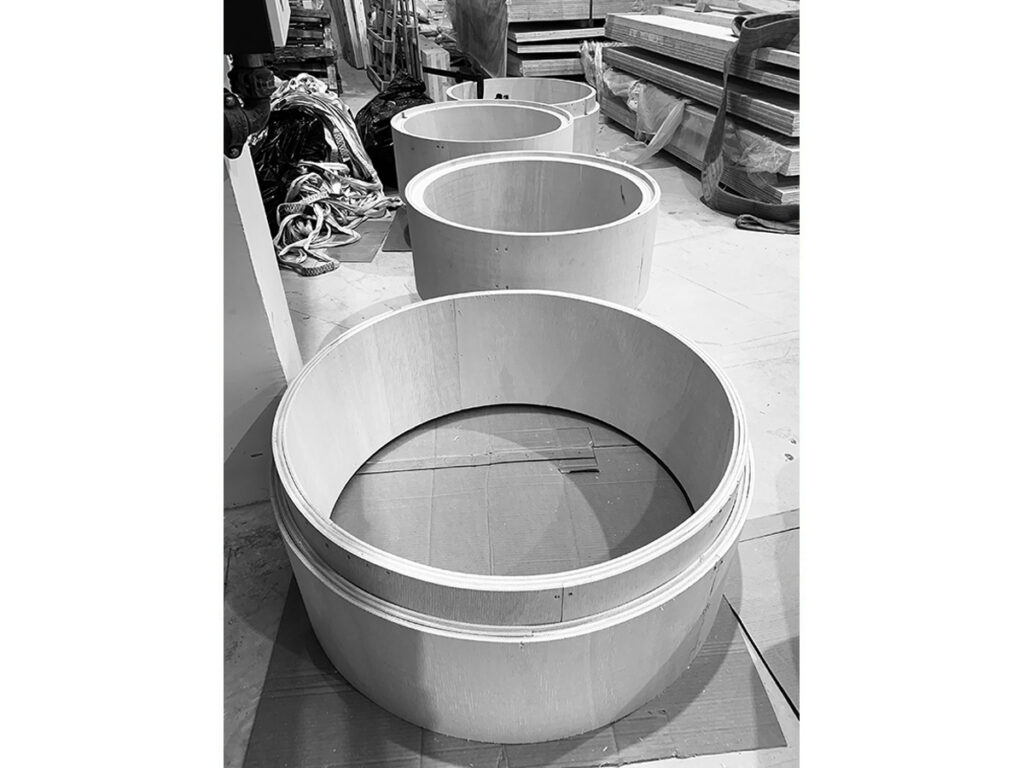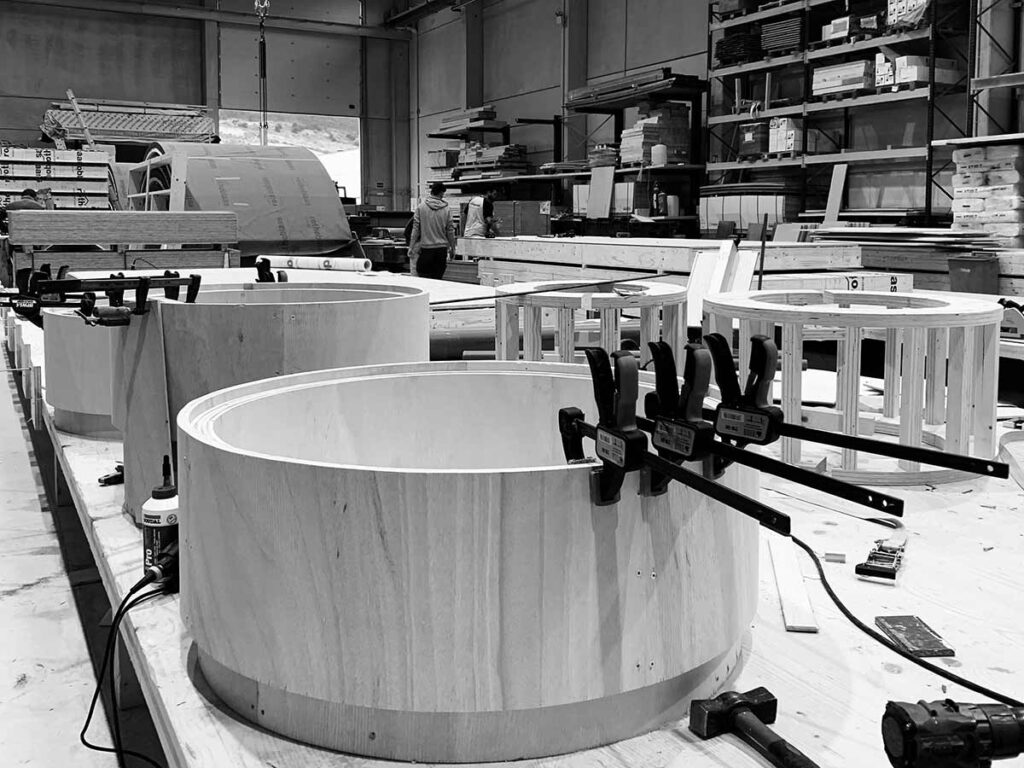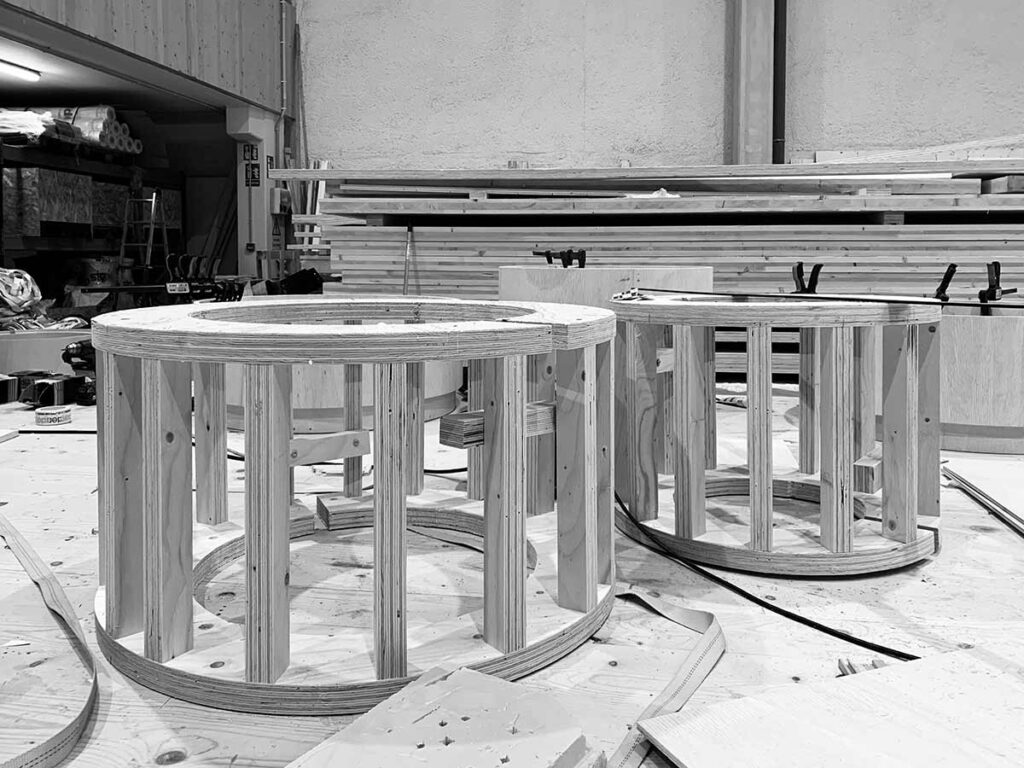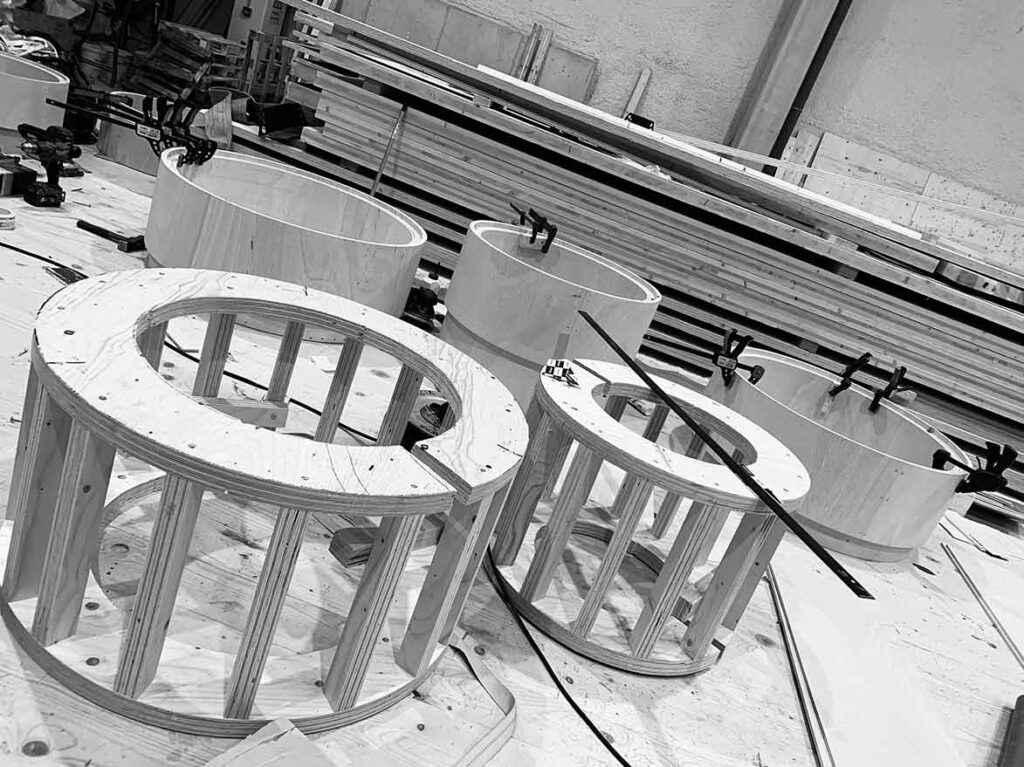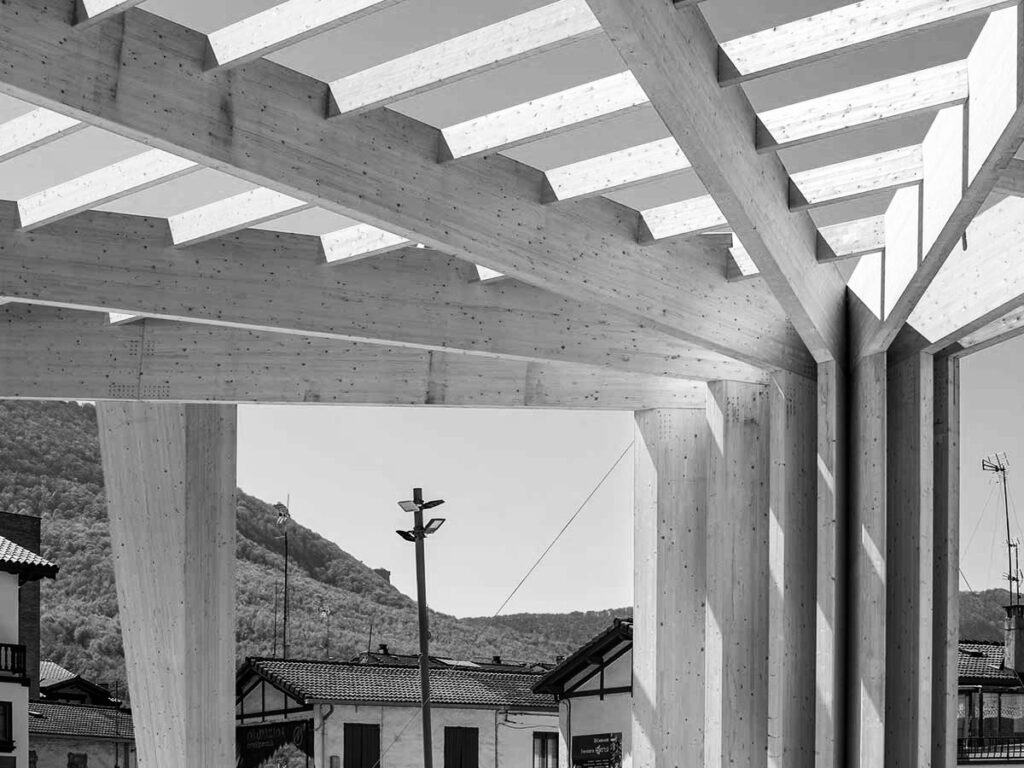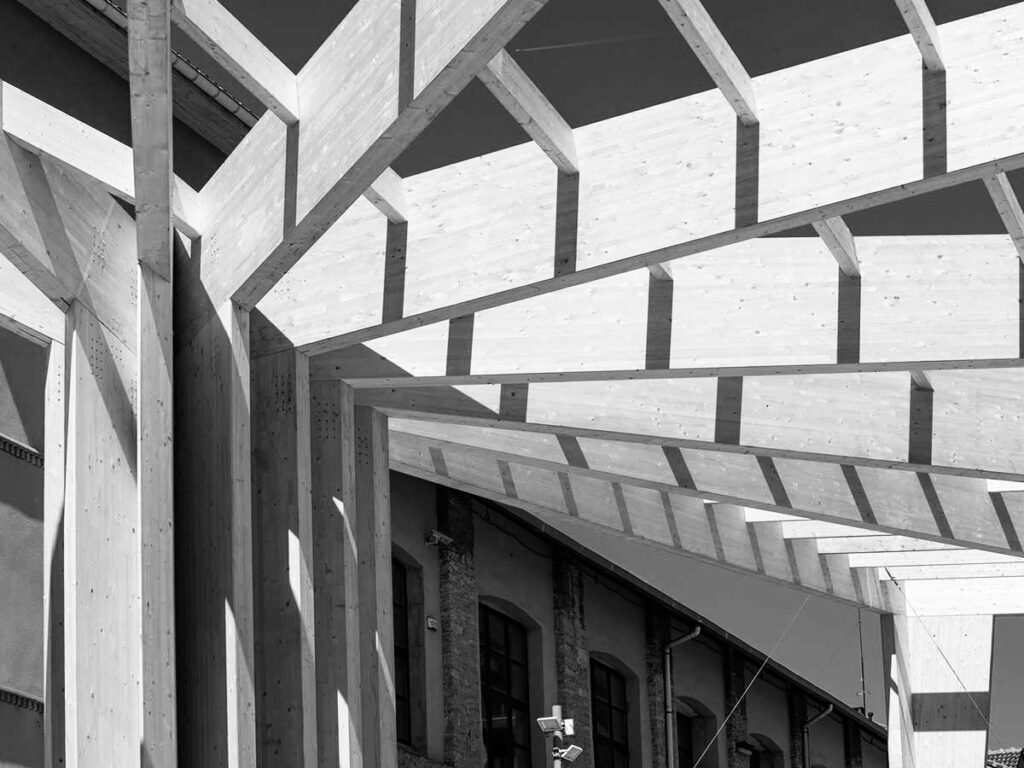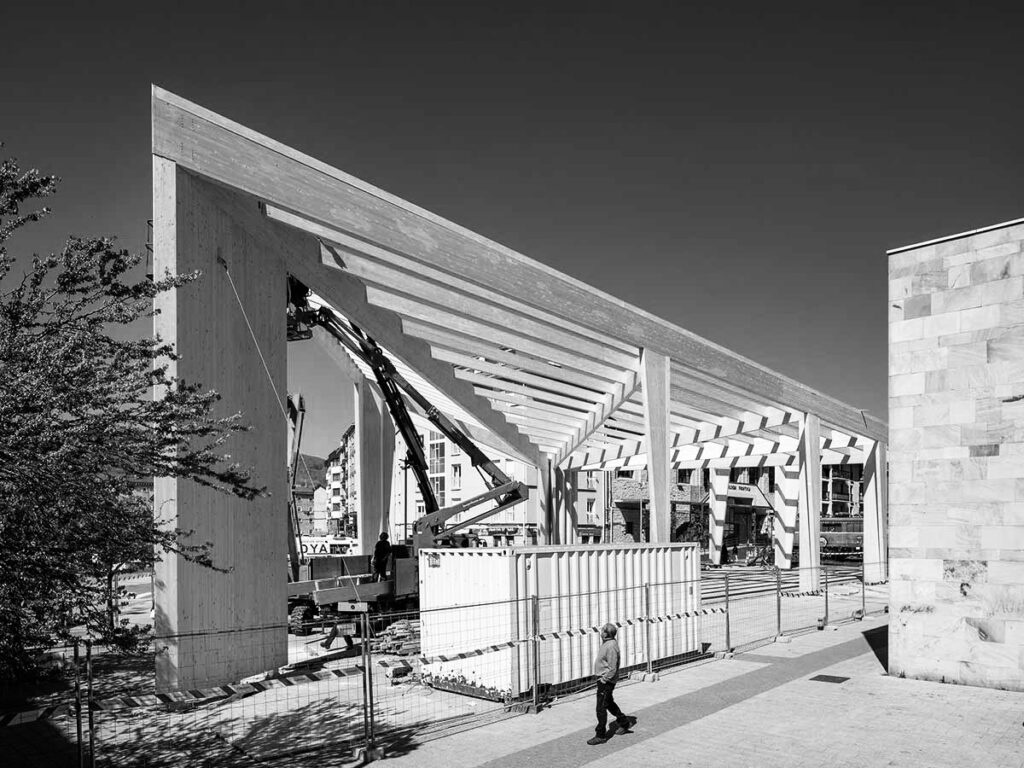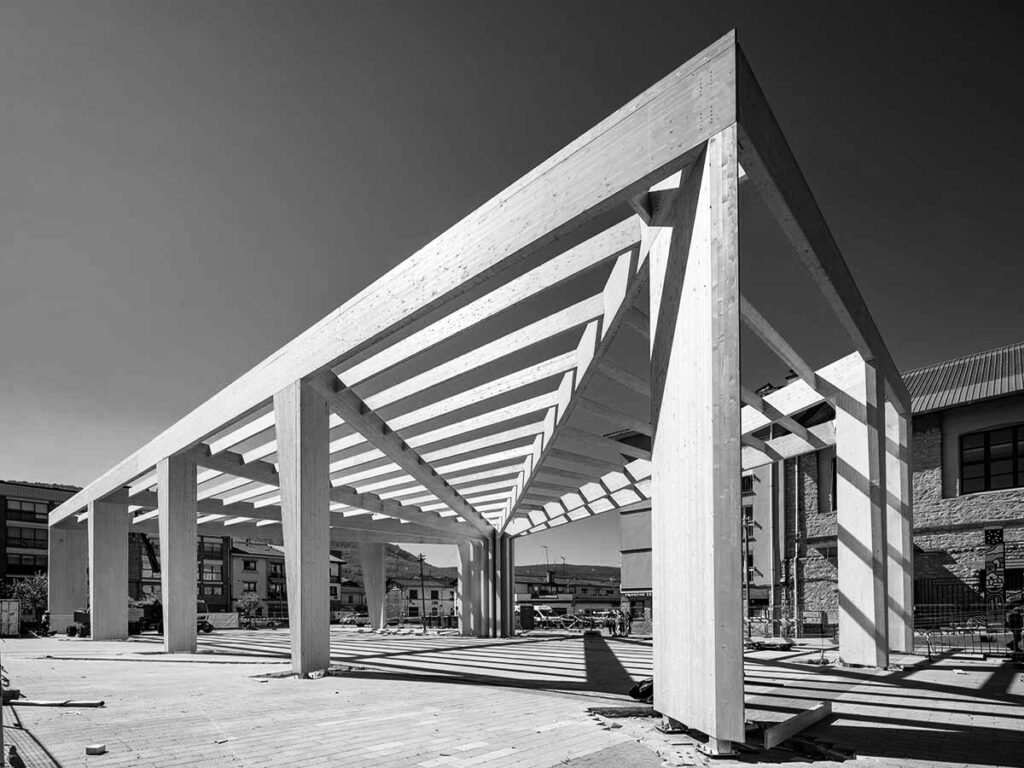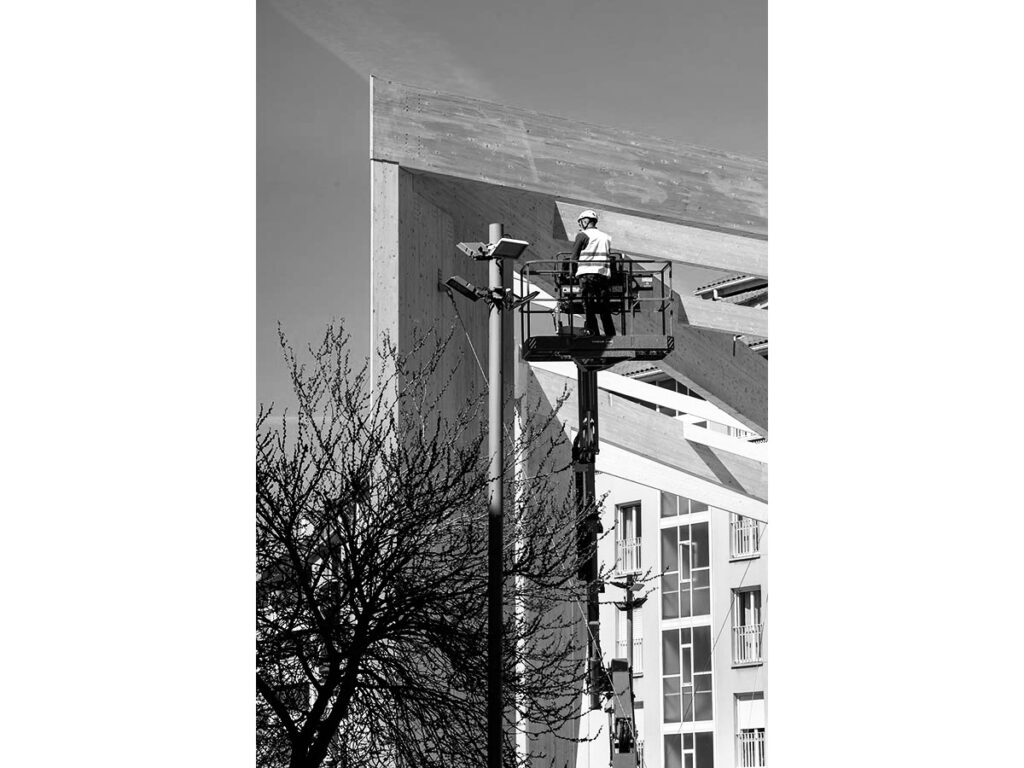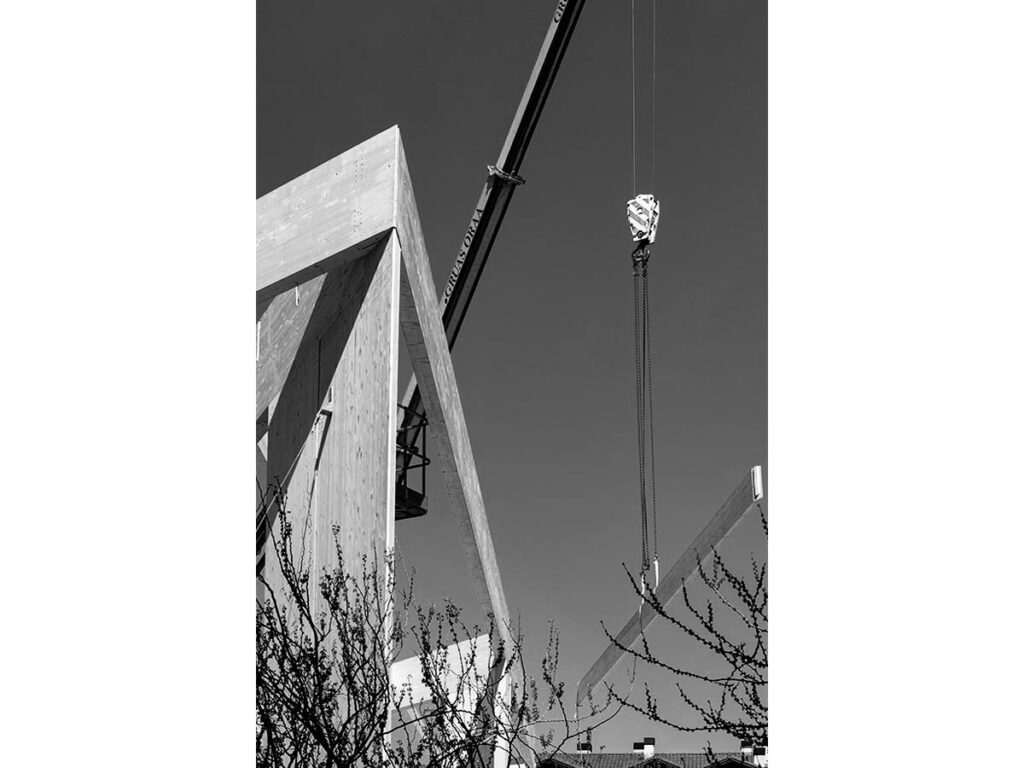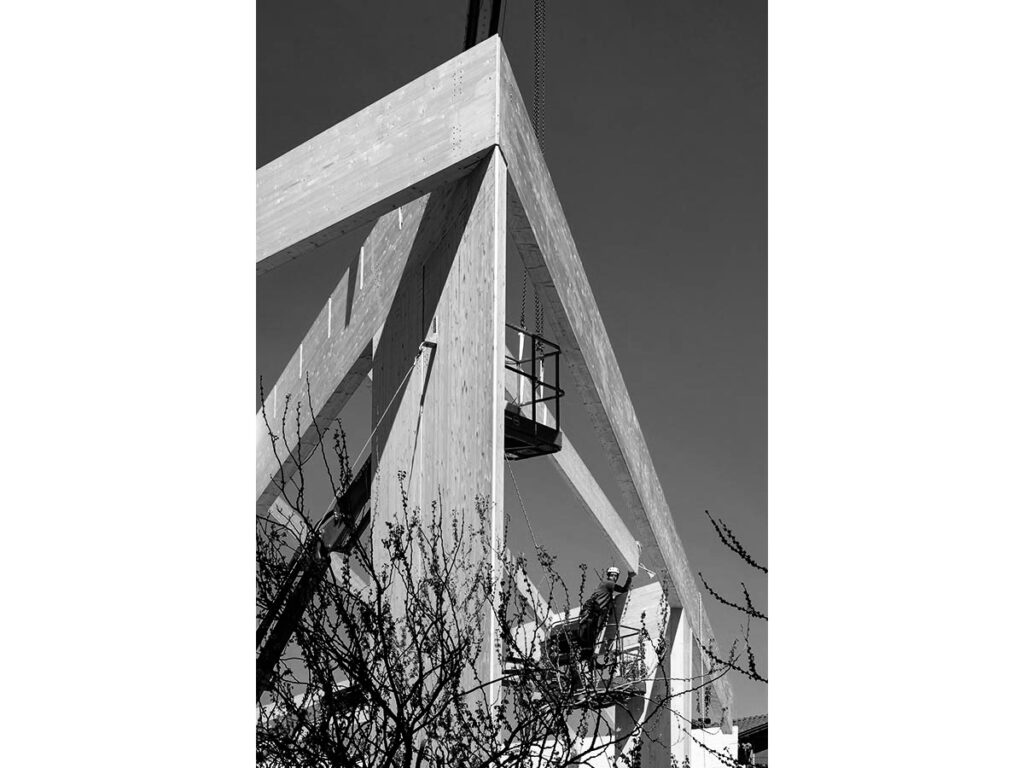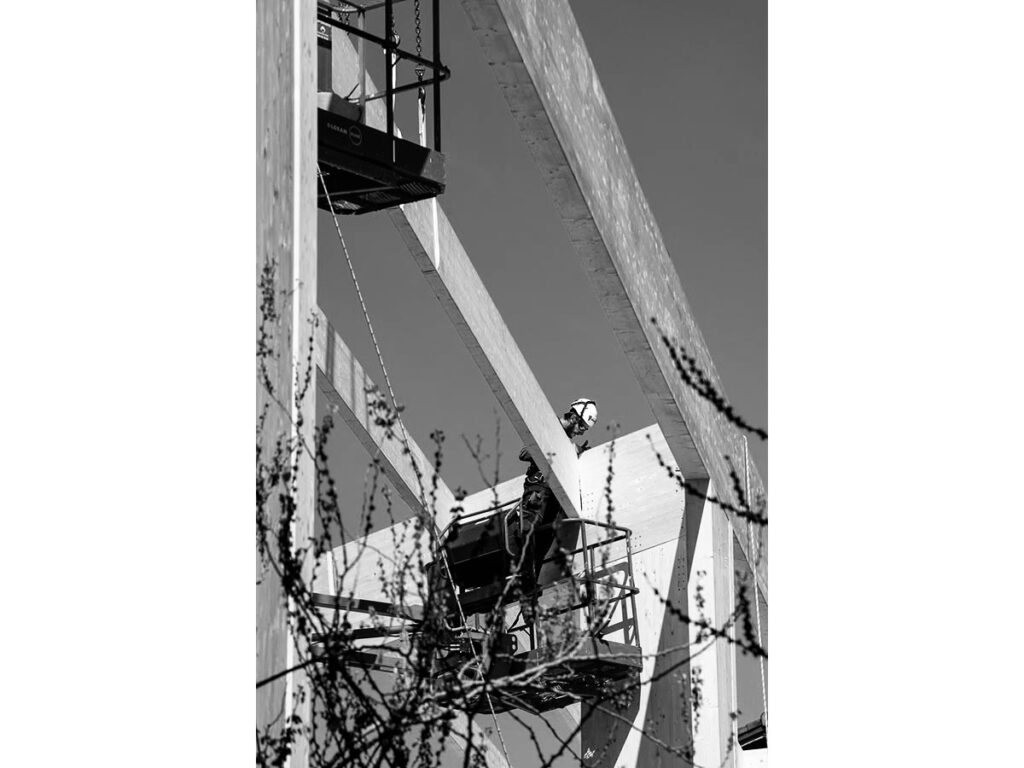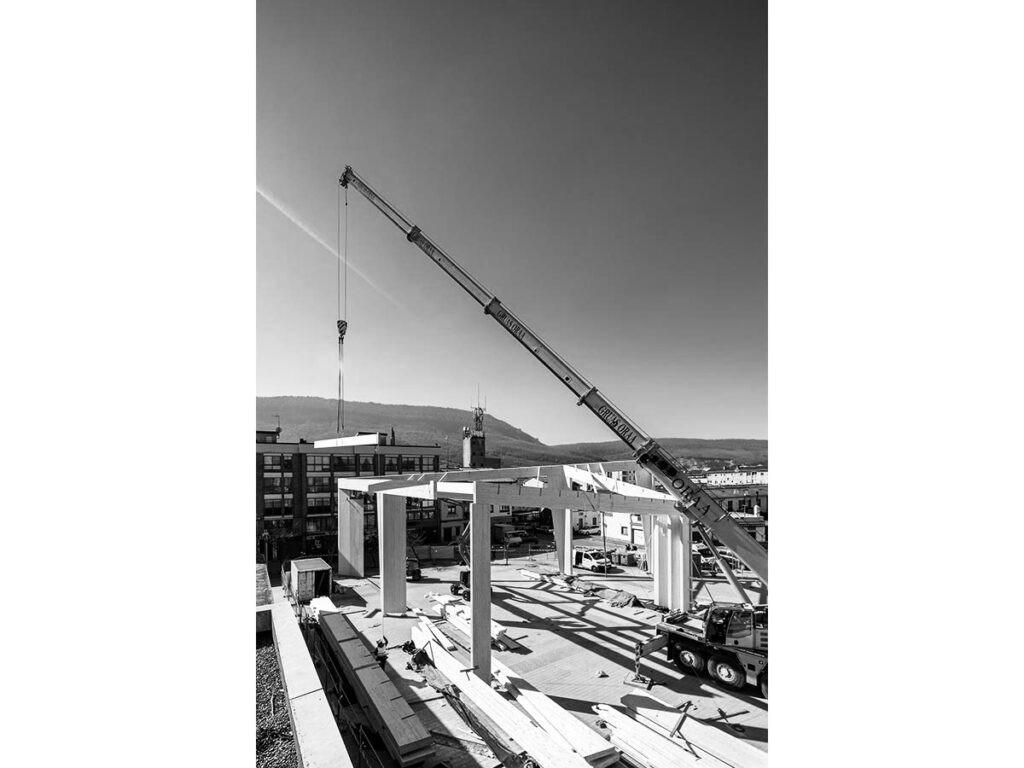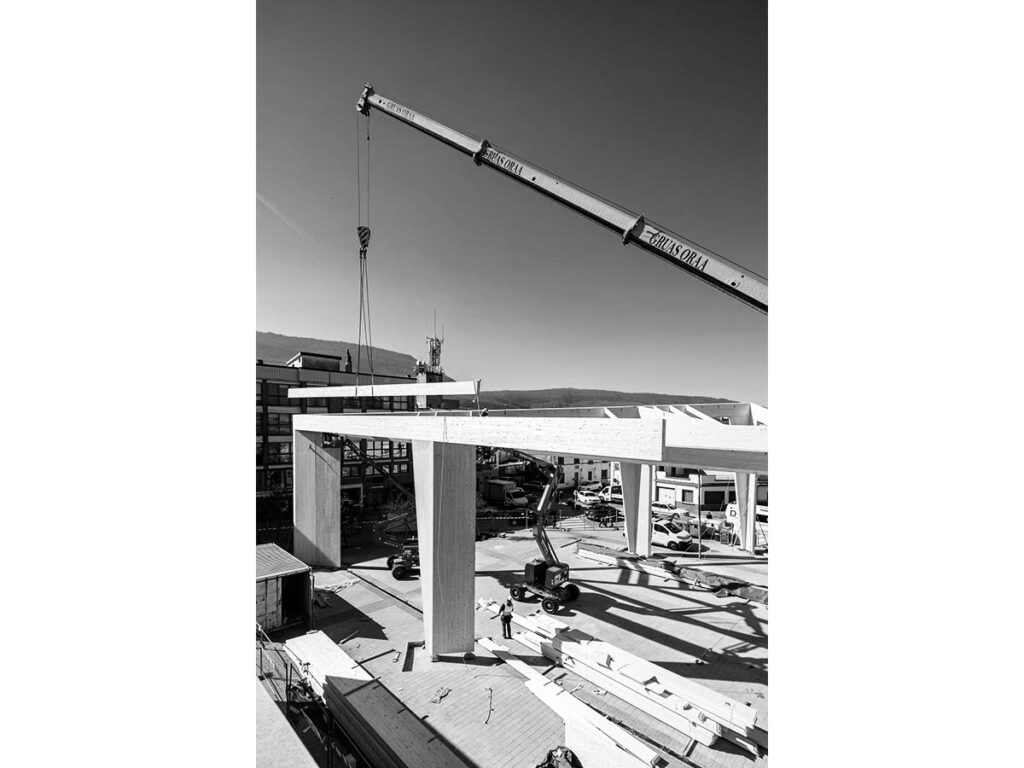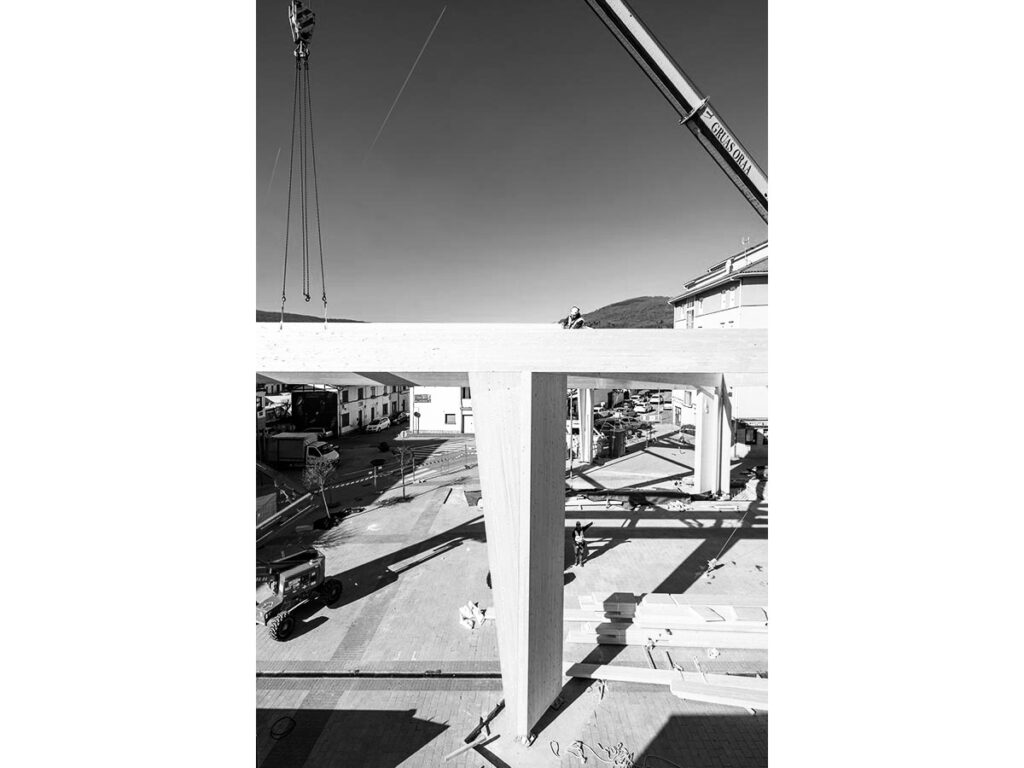
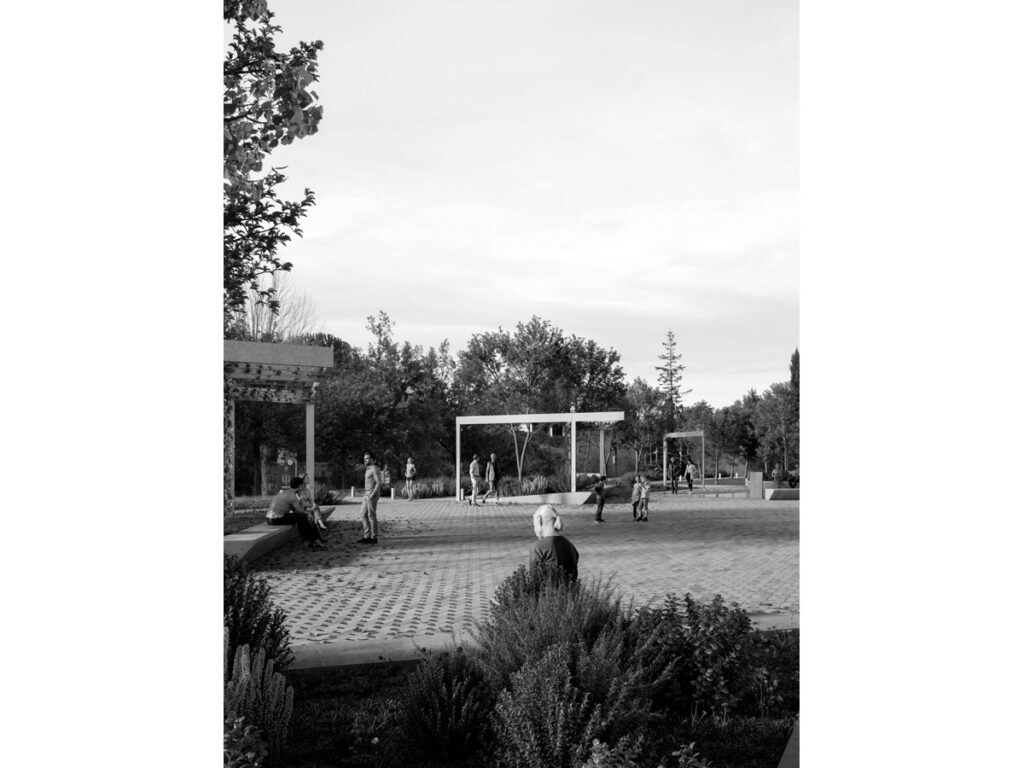
# NEWS
GR33N 0R1GAM1. a climatic shelter for Galar
FIRST PRIZE IDEAS COMPETITION
‘Green Origami’ is the winning proposal that will transform the Plaza Consistorial of Cendea de Galar into a climate refuge.
It was presented at the Town Hall in an event open to the public: an inspiring space for dialogue, contributions, and eagerness to shape the future.
Salinas de Pamplona | 25.02.2025
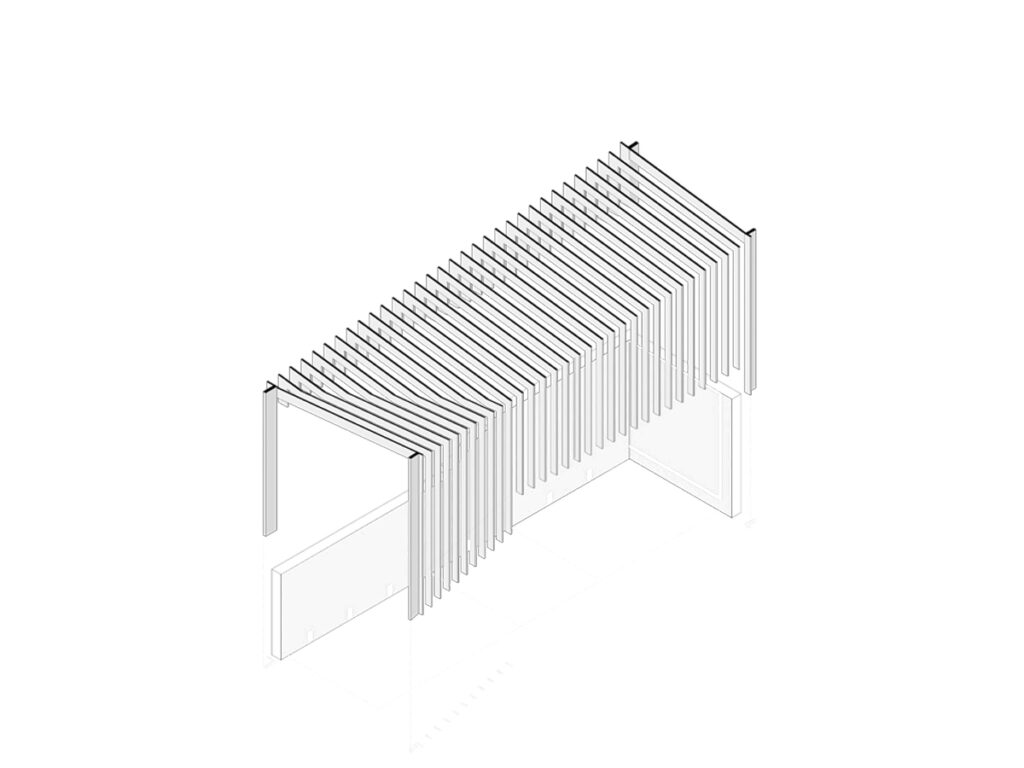
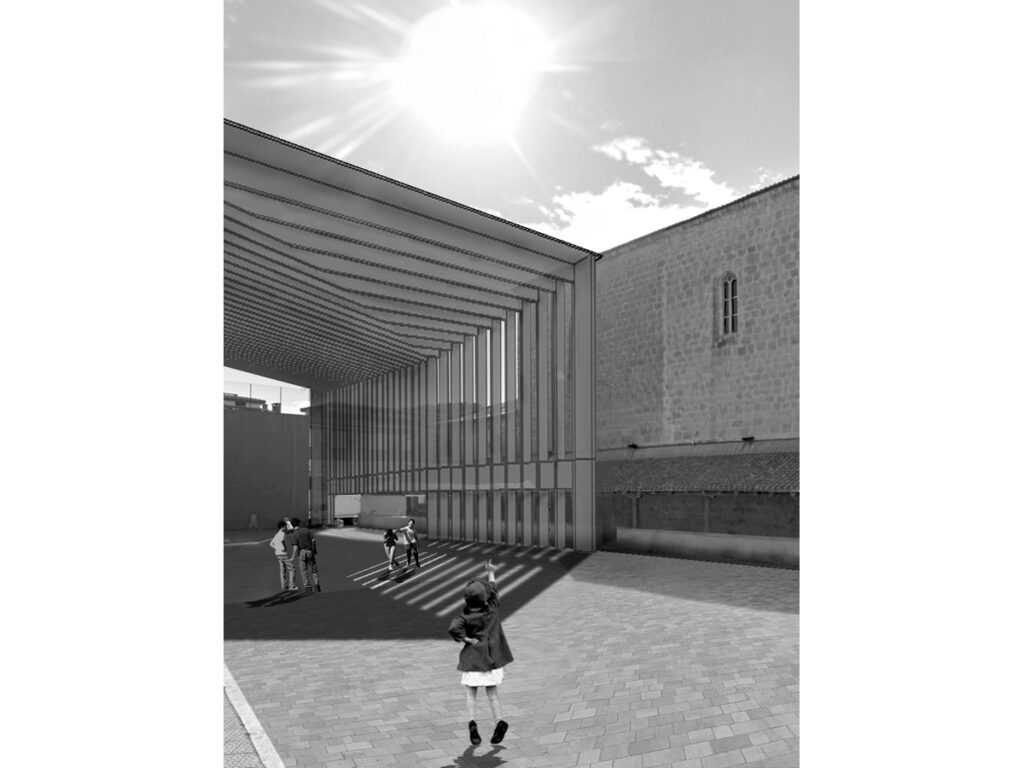
# NEWS
selected for phase II
The proposal “Hilando el ayer y el mañana” has been selected for the second phase of the project competition for the Roofing of the Elejalde Fronton. We continue working with enthusiasm and dedication.
Ispaster | 24.09.25
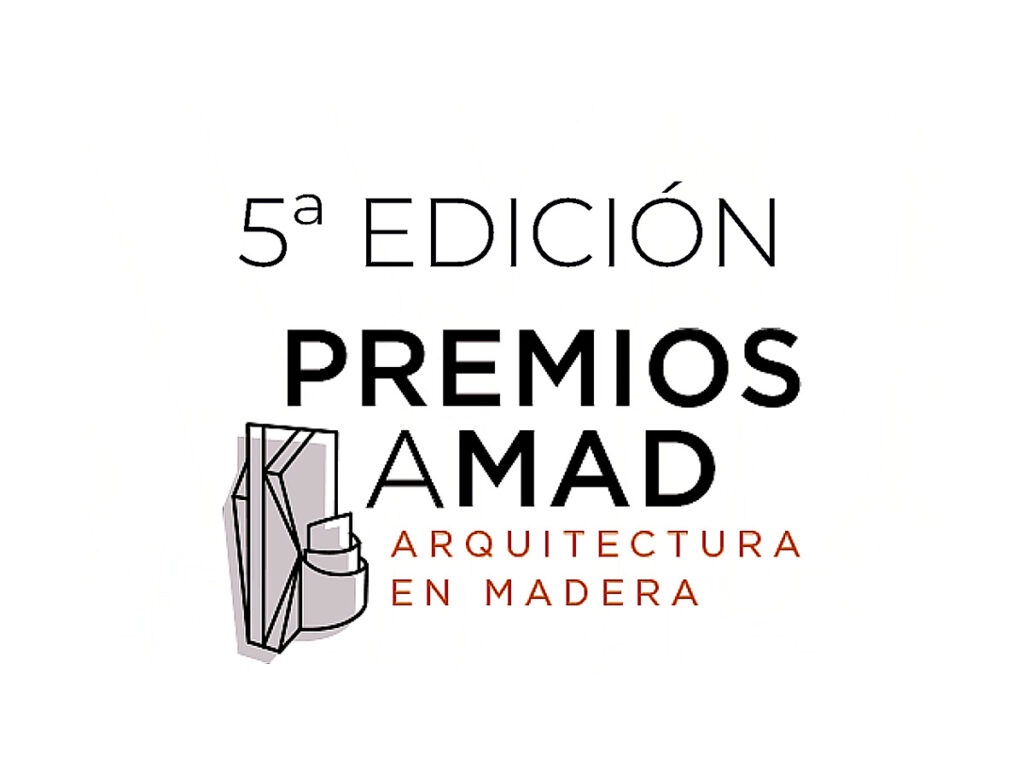
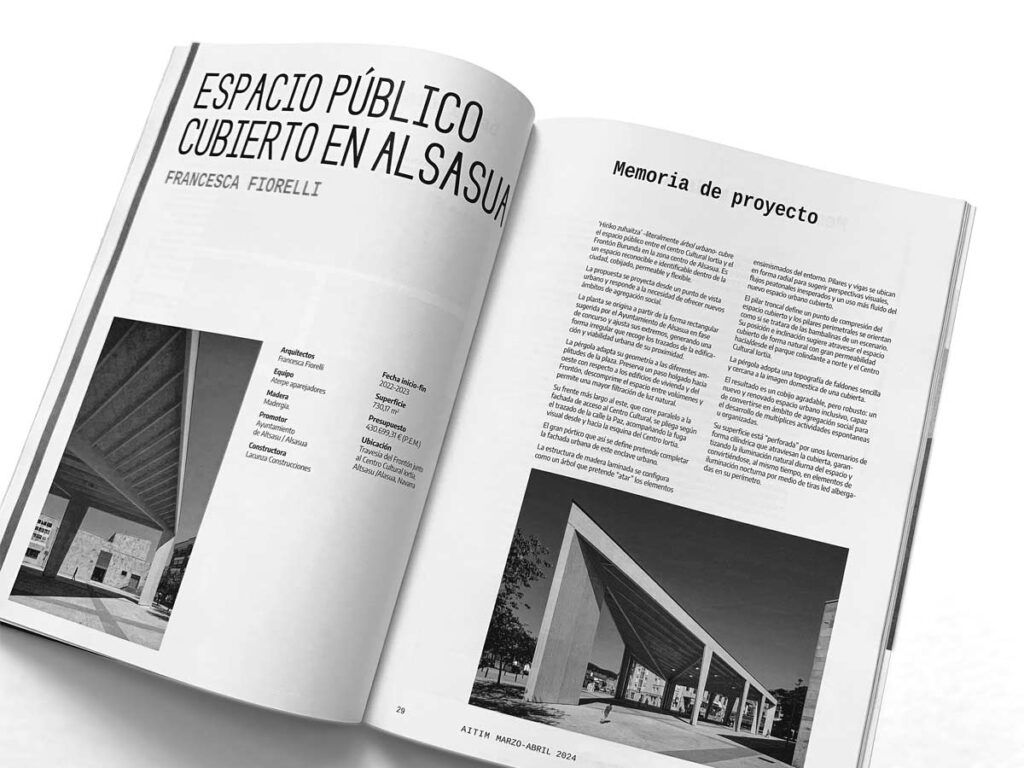
# NEWS
AMAD. Premios Arquitectura en Madera
‘Hiriko Zuhaizta’ -covered space in the downtown area of Alsasua- has been selected for the AITIM publication “5ª edición Premios AMAD. Mejores Proyectos de Arquitectura en Madera 2023 [II]”.
Madrid | 2024
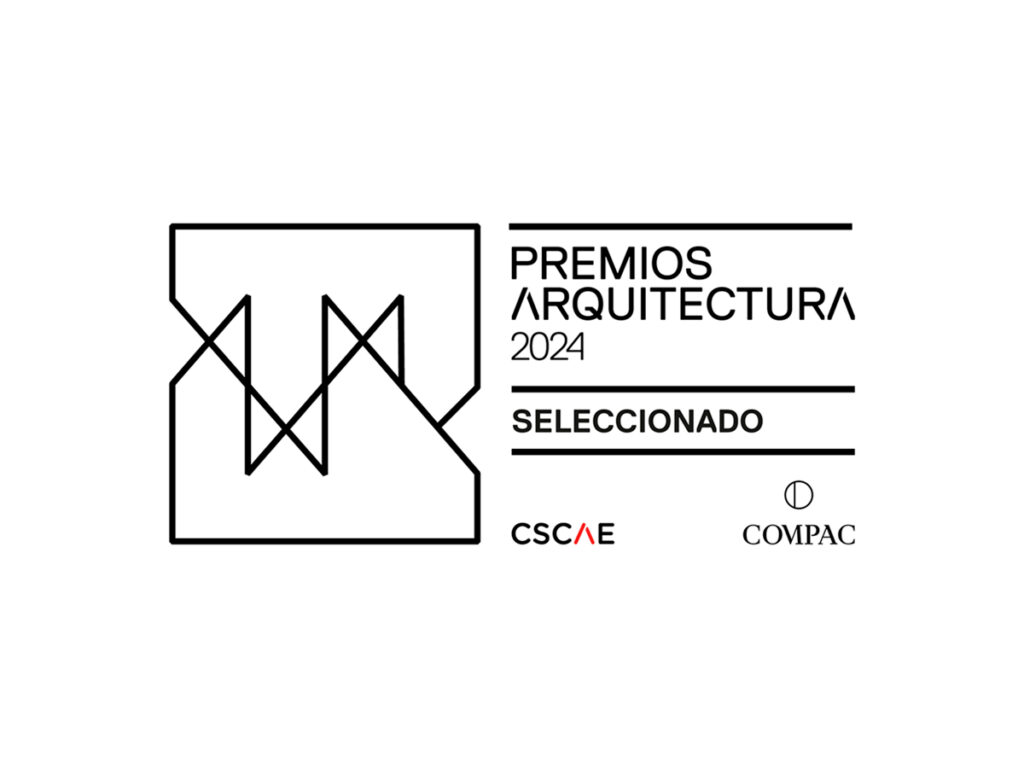
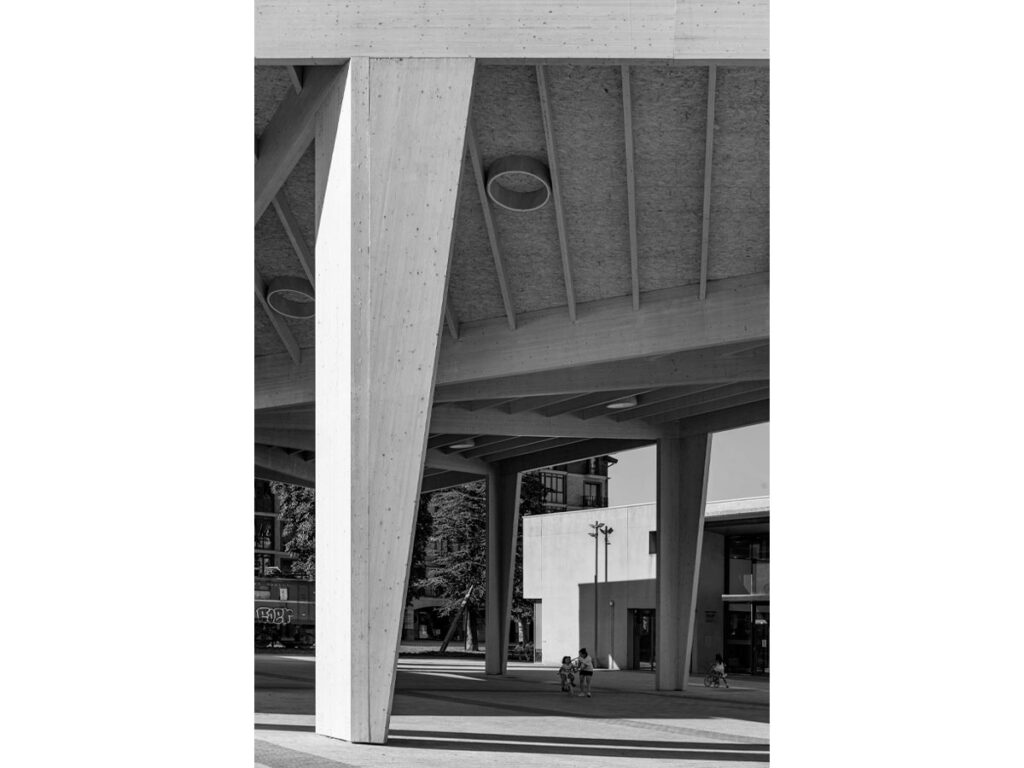
# NEWS
CSCAE. Premios de Arquitectura 2024
‘Hiriko Zuhaizta’ -covered space in the downtown area of Alsasua- is one of the works selected by the CSCAE [Consejo Superior de los Colegios de Arquitectos de España] in the first phase of the Arquitectura 2024 Awards.
Madrid | 24.04.11
f.f.
In his article ‘Adolf Loos, 1870-1933’, first published in the pages of the Italian magazine Casabella in November 1959, Aldo Rossi denounced that the work of the Austrian architect had been subject to vulgar simplifications.
Rossi’s understanding of Loos’s work and essays was a key moment on the debate on the heritage of modern architecture, in particular, about the work of the so-called ‘masters of the modern’: in the context of the Italian architecture, with respect to previous publications, it was offered a ‘new’ vision of Loos architecture.
v.g.
I met Aldo Rossi, who was only four years younger than me, as a student when I was a tutor in the course of Ernesto Rogers and Aldo was working on a thesis on neoclassicism, later in Casabella as a friend and editor.
In 1963 I participated (together with Guido Canella) in an issue of the magazine Rassegna on the ‘Novecento’ movement, […] of the common interest in the tradition of the ‘return to order’ against the avant-garde. […]
Moreover, it was precisely these discussions, that fit into a general reflection around the complexity of the different souls of the “modern project”, that interested the group of my generation around Casabella. So, it was, then, a new vision with respect to the previous generation of the great masters of the modern, different also from the classical historiographies of the Modern Movement and very different from that of Zevi.
In this sense, Loos (and De Finetti) will also be the object of attention beyond the 1960s. Hence the From here emerge the issues of Casabella dedicated to Expressionism, to Perret, to Behrens, to Van de Velde, to the Amsterdam School and also to Loos; especially in the connections with Karl Krauss, Altenberg, the ‘Vienna school of logic’ and the first volume of Canetti’s autobiography.
# CONVERSATIONS
with vittorio gregotti
Milán | 09.02.19
Within the theory of an important unfinished writing and the publication of the periodical “La Città. Periodico di architettura e politica” (1945-46), along with the freelance urban design work and the experience on the provincial council of Milan, the work of the architect Giuseppe De Finetti is emblematic of the architectural planning and developments in and around Milan after the Second World War.
According to De Finetti, it was a priority to treat “the urban problem with a general systematic intention.”
His individual proposal aimed at releasing the city “from the medieval structure and from the monocentrism imposed by false theories copied from foreign examples…”.
On one hand the architect-city planner proposed “an evolution of Milan” from self-referential centre to “open organism… a fan-shaped city”, with a V-shaped development of the city on a territorial scale. On the other hand the proposal of the “state”, sharply criticized in 1950, denied any possibility of openness, defining a new Headquarters and a system of development corridors that only marginally considered the specific studies conducted in that field.
In a confluence of intents within descending political hierarchies, «Milano risorge» is a proposal that has remained on paper as a project and in the manuscripts as a large-scale theoretical reflection until its partial posthumous publication in 1969.
# SYMPOSIUM Milán 1944|51. The De Finetti plan
versus the official city planning
COLUMBIA UNIVERSITY. NYC
GSAPP architecture history and theory
Architecture inside/out Symposium #02
Architecture and the State, 1940s to 1970s.
“The city after the war is like a big engine that needs to be started up again, a big company that needs to be reorganized. War, not only stopped any kind of development, but it destroyed about a third of it. Besides the number of houses that disappeared, what was vital even before the war was to have a big central market… an office for the police Headquarters… sufficient railway stations, tens of thousands of houses to standardize the real estate market, and it is not a mistake to say that it is urgent to rebuild half of Milan …”.
[Giuseppe De Finetti]


